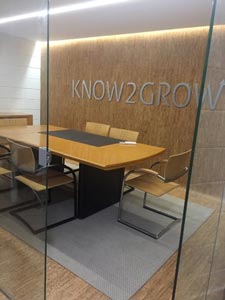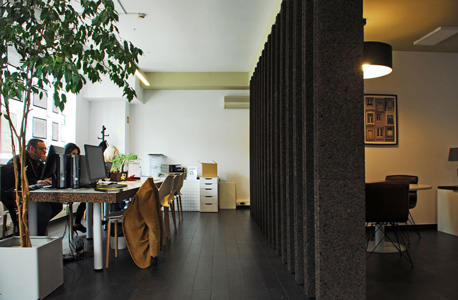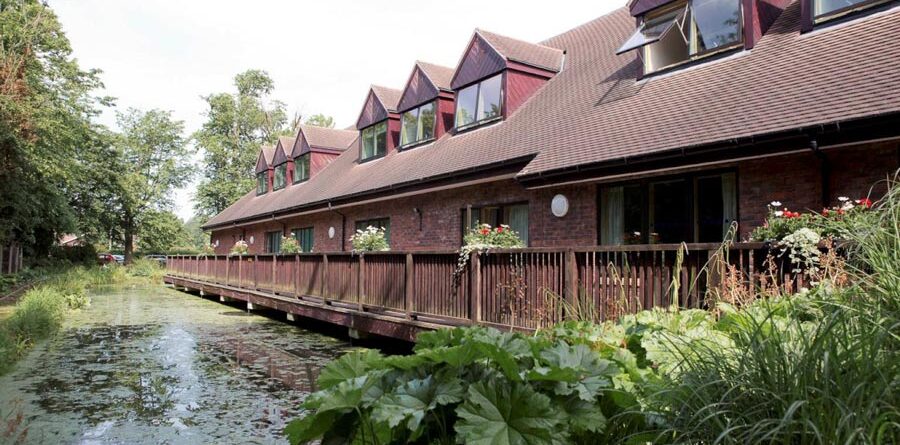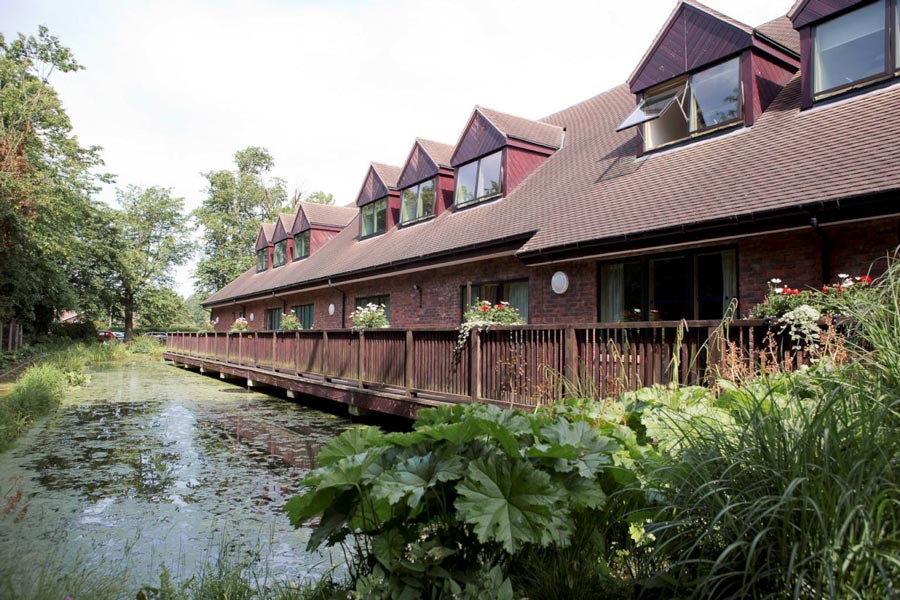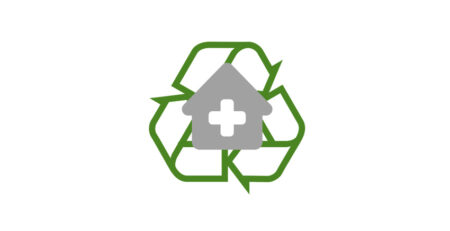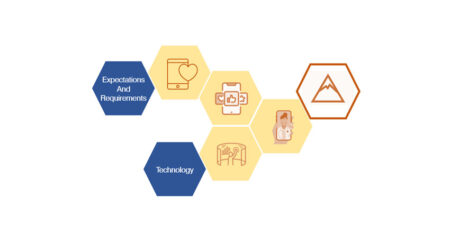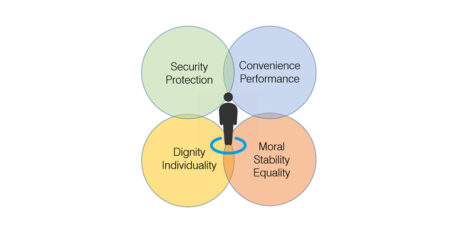The bio-answer transformation
As a concept of building sustainability, this being the pursuit to accomplish the evident needs, mitigating resources consumption that may compromise the future, healthcare design and retrofit shall focus not only in using resources efficiently but in enabling healthy, comfortable settings; outputting a “bio-answer” opportunity to healthcare facilities: bioclimatic design, biophilic environment and the use of bio-resources:
- Increasing bioclimatic planning and design principles in new and existent facilities will help reducing fossil resources consumption. Strategies can be implemented to collect rain-water in areas of draught, to be used as toilet water or sprinklers storage. Solar heat and heat retention can be used in cold areas of the globe; while heat dissipation, cross-ventilation and natural insulation renewable resources shall be encouraged in tropical countries.
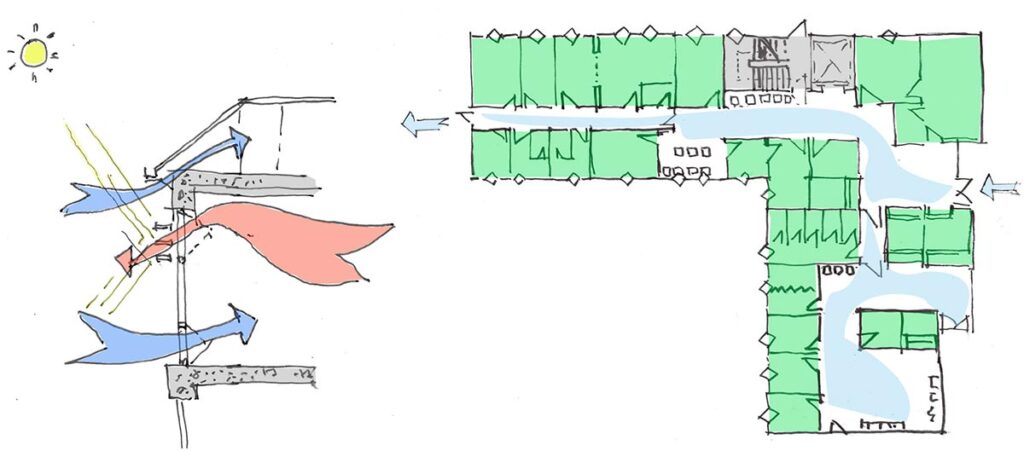
The above illustrations shows the bioclimatic strategy used for planning the NCHS – Tema Hospital in Ghana. Facing scarce resources available to use mechanical ventilation, was adopted a cross-ventilation bioclimatic strategy, creating an airflow through the building; was designed a shade louvres system outside the building’s windows to control sunlight and heat.
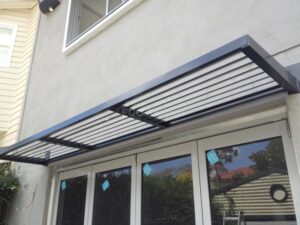
- Biophilic design, after ‘the evidence that humans hold a biological need for connection with the nature on physical, mental and social levels’ (citing The Economics of Biophilia 2012), which introduces the concept of “Biophilic-based design”, that has for principle the evidences of the increased healing environment measured enhancements, through the presence of nature elements feelings. Biophilic design is supported by post-occupancy studies to the health provision, in which is clearly stated the increasing healing rates of surgery patients, anxiety and stress-levels reductions of in and out-patients.
In the context of the ageing of population, implementing “biophilic-based design” metrics, can certainly lead to reduce depression and contribute to mental health healing in several levels. Support dementia care and help fighting the loneliness feeling. Daylight, enlarged views and the green factor, foster a sense of well-being and belongingness desired in the long-term care. Citing S. Bensalem (2015), ‘green areas and natural environments have been associated with stress reduction and improved physical and mental health’.
Princess Alice Hospice, London, an example of biophilic environment in ageing care
- Bio-resources can be used as sources for renewable energies such biomass, solar power or wind power. Though, bio-resources as construction materials have a neutral or negative carbon footprint, being “climate positive”, such as cork or bamboo, provide a sense of comfort to users. The use of bio-resources incorporated in the facility design is highly relevant for a sense of comfort, relaxation and contribute to the healing environment of the aged population.
Cork cladding environment in some workspaces designed by our studio
